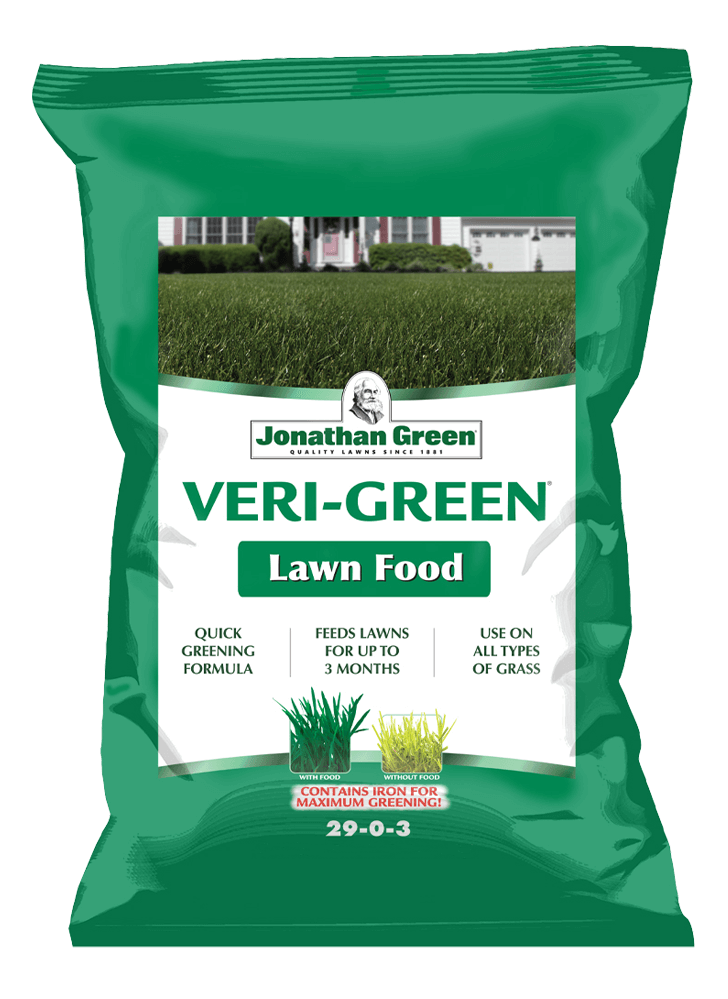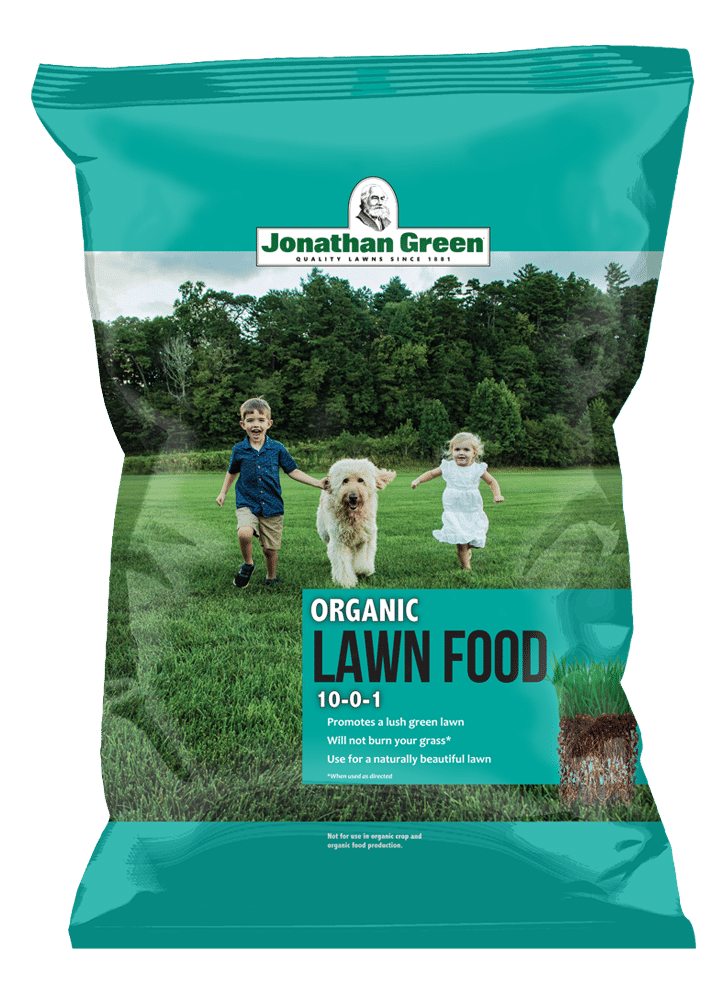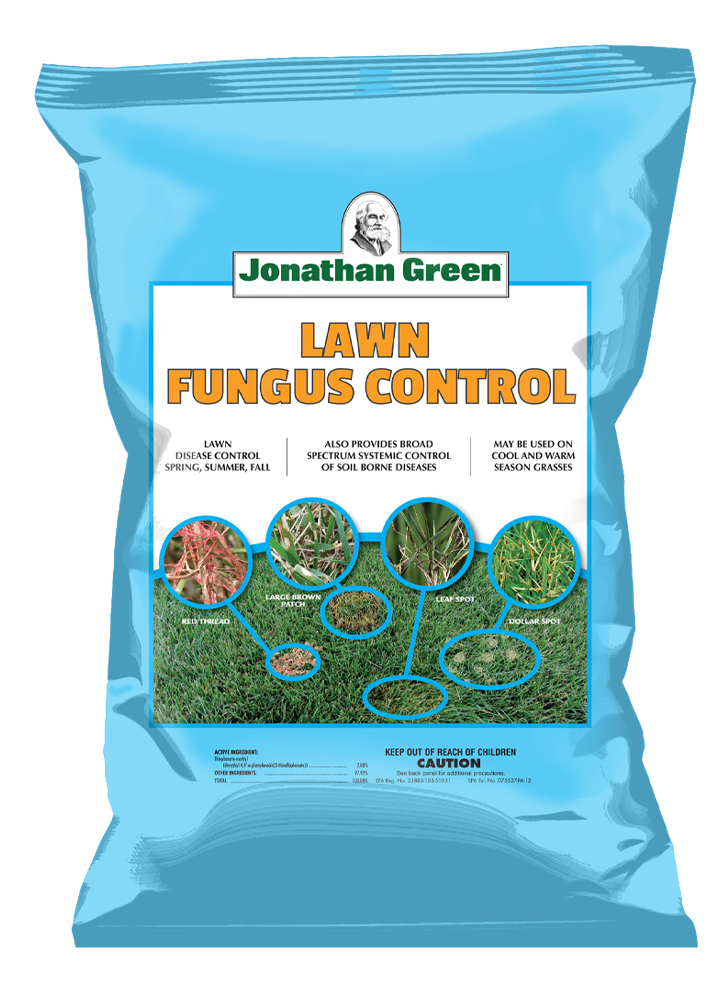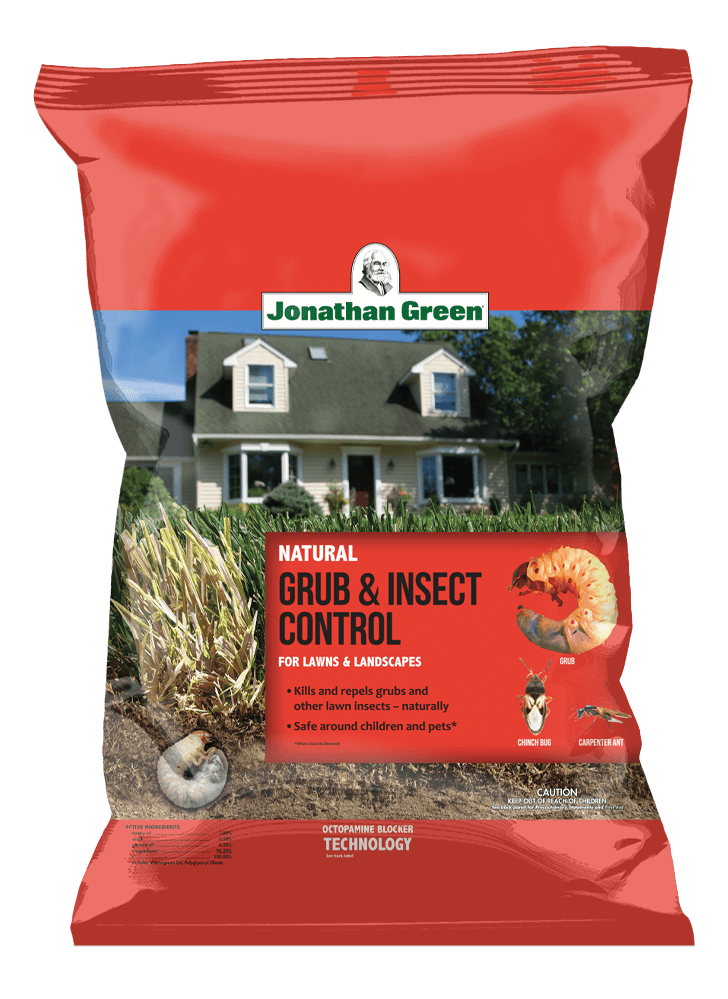Should I Fertilize My Lawn in the Summer?
If you would like to maintain a lush, perfect Jonathan Green Black Beauty® lawn throughout the heat of summer, you should fertilize it to ensure that it stays healthy.
Jonathan Green has specialized in beautiful lawns since 1881. Six generations of the family have worked to perfect our genetically superior grass seed and our family of lawn and soil care products. Our products will transform every aspect of your lawn to help it thrive like never before.
By following our revolutionary New American Lawn Care Plan, caring for your lawn will be easier than ever. You will learn how to address the root of any lawn problems, instead of merely battling symptoms such as weeds and insects. Our goal is to feed your lawn AND your soil to encourage your Black Beauty® lawn to thrive.
Caring for Your Lawn in Summer
Have you fertilized your lawn since the beginning of the year? If you’ve done it only once in spring, your lawn is hungry and needs to eat. During the growing season of March through November, it should be fed four times to help it resist insects, heat and drought conditions.
Jonathan Green’s Veri-Green Nitrogen Rich Lawn Fertilizer offers outstanding performance. It can be used on all types of turf grass and will consistently feed the lawn for up to three months. It is not affected by excessive rainfall and will yield a rich-green color within 7 to 10 days after application. Spread this product a day or two after mowing and when the lawn is dry.
A gentler fertilizer option during the hot, dry summer is Jonathan Green’s Organic Lawn Food. This complex, fully organic lawn fertilizer will provide excellent nutrition for your lawn for 8 to 10 weeks. It can be used on established and newly seeded lawns or when sodding. It helps to rejuvenate thin, stressed lawns by adding complex, all-organic high-quality food-grade ingredients, such as feather meal, blood and bone meals, wheat shorts and molasses, that help improve soil structure and the soil’s water holding capacity.
Summer is also a time to watch for lawn fungus outbreaks that tend to strike when nighttime weather is warm (lows of 70°F and above) and humid, or with overwatering. Jonathan Green Lawn Fungus Control is systemic, working through the roots of the grass plant and providing both preventative and curative treatment of leaf spot, dollar spot, striped smut, fusarium blight, patch and mold diseases, and more than 20 other turf diseases.
If your lawn has a history of grub activity, the summer months of May through August are a good time to control them. The copper-colored beetles that have been flying around and landing on your roses, trees, and shrubs and eating your garden are the same insects that, as a grub, eat the roots of your lawn. In June, the grubs mature into beetles and leave the soil.
In late June and July, these adult beetles mate and lay eggs. Females live for a few weeks feeding on trees, roses, and shrubs in the morning and returning in the afternoon to the turf to lay more eggs. When these eggs hatch, the juvenile grubs work their way to the surface and start eating again. This is when they do the most damage because they are eating a lot to fatten themselves up to prepare for winter. By October the grubs have moved deeper into the soil where they are hard to kill.
Apply Jonathan Green Natural Grub & Lawn Insect Control which contains Imidacloprid and Lambda-cyhalothrin technology to control over 25 lawn pests, including grubs and surface feeding insects.
Mentioned Products
“Should I fertilize my lawn in the summer?” is a frequently asked question, and the knowledgeable team at Jonathan Green has the answers you need. Visit us online at JonathanGreen.com. We have an entire online training academy dedicated to teaching homeowners how to grow a great lawn and keep it looking healthy year after year. Your nearest local independent home and garden retail store is another excellent source for lawn care advice.



